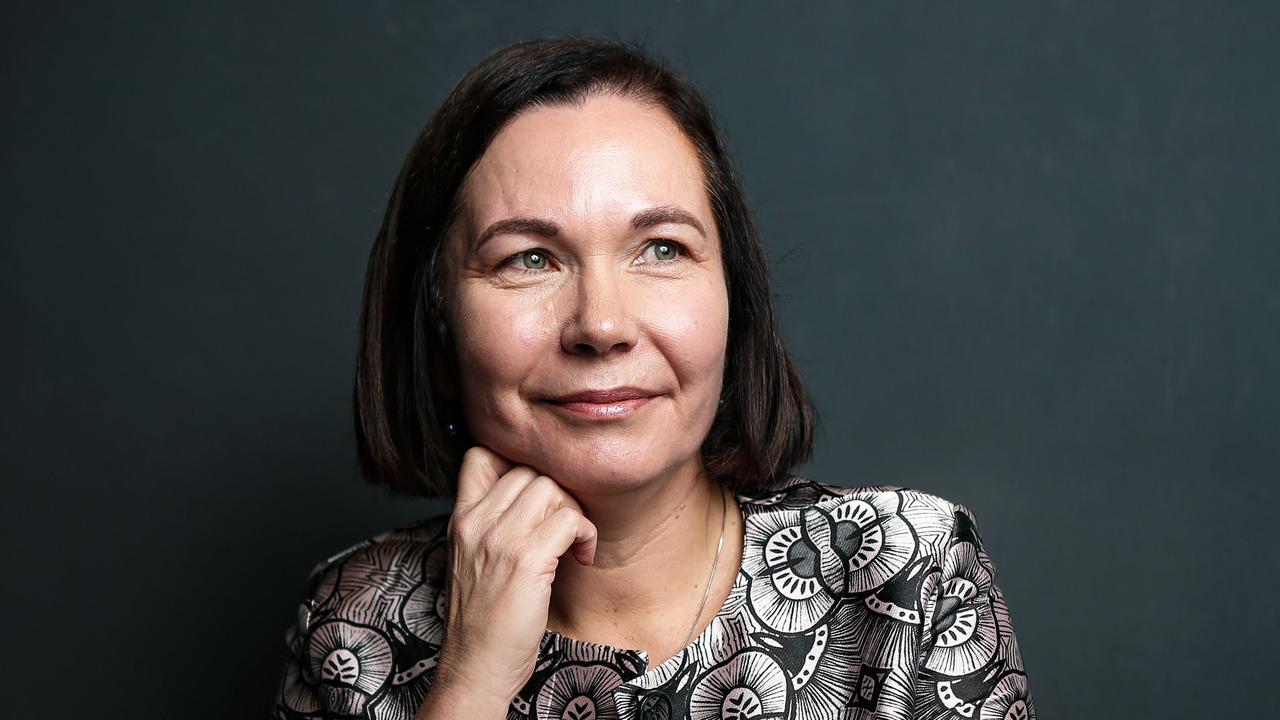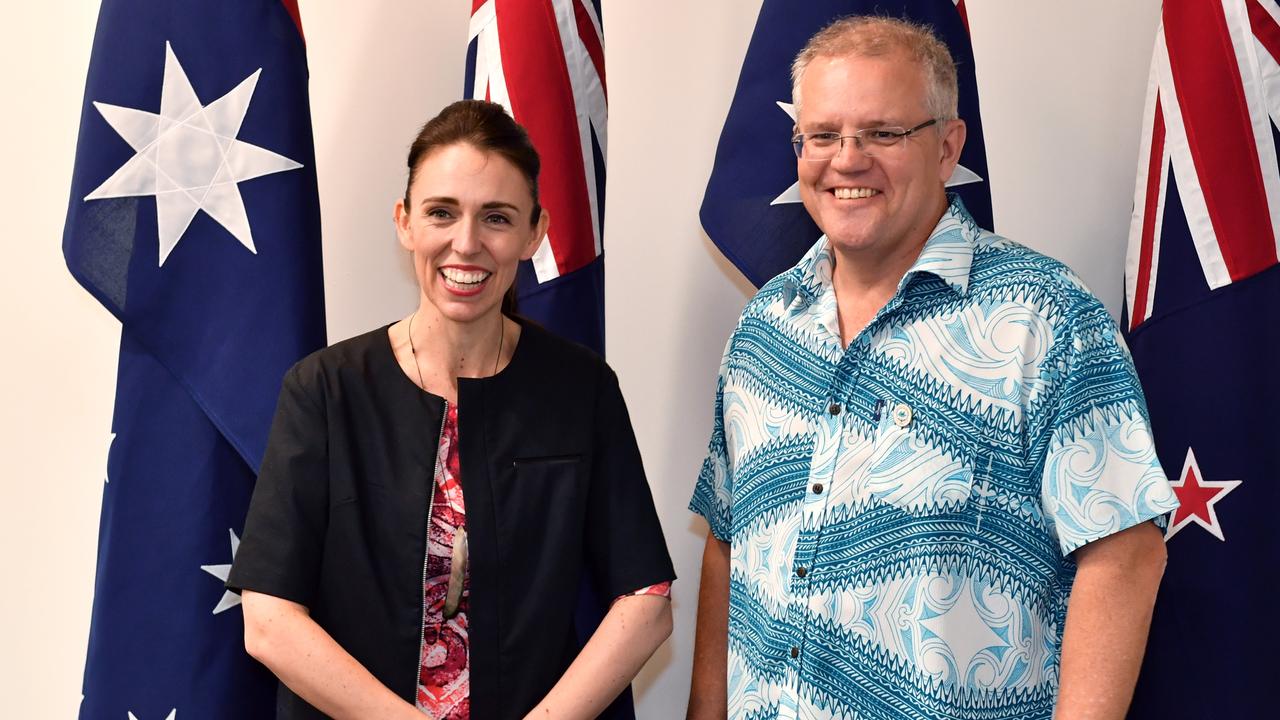There’s room to grow, but we need breathing space
When Premier Gladys Berejiklian called for a pause in NSW’s immigration intake a few weeks ago, the response featured more knee-jerks and foot-stomping than Riverdance. A sensible consensus on immigration is difficult to find. Mere mention of the topic provokes extreme reactions aligning with specific interests.
You have the culture warriors screaming “xenophobia”, as if easing immigration could only be about igniting a race war. On the other hand, the federal government, along with national business groups, has its eyes firmly fixed on tax revenue and gross domestic product figures, warning that any cut in immigration would crush the national economy and federal coffers.
On both counts a critical point is being missed. It’s not about culture. NSW has a proud migrant heritage and much of its success is a product of the sweat of those who came from overseas to pursue prosperity and a better life.
It’s not just about economic growth or tax revenue either. As Treasurer, I am only too aware of the important contribution that population growth makes to our economy. But driving growing productivity and new industries is also an important pathway to economic success — merely adding more people isn’t a sustainable economic strategy.
More important, we can’t pretend that high immigration comes without a cost, and we believe growth should not impose an unfair burden on those already here.
Excessively rapid growth puts downward pressure on wages and upward pressure on housing prices, both of which have sorely stung workers and aspiring homeowners in Sydney and other parts of NSW for a decade.
It also means more people on trains, more cars, more students in our schools and more patients at hospitals. And it’s the NSW government, not the federal government, that is responsible for providing the necessary support for the surging population.
When you look at the numbers, it’s no surprise communities in Sydney are feeling the pressure.
In 2006, annual net overseas migration to Australia increased to roughly double its average pace across the preceding 25 years. After the mining boom, the bulk of those migrants have come to NSW, as our annual share of national immigration rose from 25 per cent in June 2012 to 38 per cent. Even accounting for those who leave NSW, the rate at which people are flowing into the state has increased significantly.
In 2016-17, NSW net migration (overseas and interstate) reached 89,500 in 2016-17 — about 10 times the average pace between mid-2001 and mid-2005.
If Sydney had been built to absorb this kind of sustained population pressure, all might be well.
Unfortunately, when the Liberals and Nationals came to office in 2011, Labor had left NSW with a $30 billion infrastructure backlog and no funds to build what was needed. From the moment we were elected, we have worked to rectify the problem. Our $87bn infrastructure program is the largest of any state in history.
But this building takes time. And as other states jump on the infrastructure bandwagon, the construction industry’s capacity to build at the required pace will continue to be tested.
Even if the NSW population stayed at today’s level, it would take time to complete the work so that our communities could be more liveable, our commute times more manageable, and our schools and hospitals more capable of offering exceptional care rather than just coping.
Instead, extraordinarily high rates of immigration risk pushing those outcomes beyond our grasp. And it’s a problem state governments are powerless to solve on their own because we have no say in the national immigration rate.
That’s why the Premier and our government must have a seat at the table on immigration, so we can exercise some control over the way our state grows. Be under no illusions: we don’t want immigration to stop. I have long argued that Sydney has room to grow. The Premier has called for immigration levels to be brought back to Howard-era levels. Based on the most recent UN world population data, that still would put Australia’s immigration rate in line with other OECD nations.
The decisions we make about immigration today will determine whether the coming decades are characterised by constant strain or healthy growth.
The expert panel appointed by the Premier will provide sound guidance on how to get it right. If we do, we can avoid adverse consequences, give our communities the breathing space they need to catch up and put in place the supporting infrastructure and services that will give all of us — and our children — a better future.
Surely that’s a goal we can all agree on.
Dominic Perrottet is NSW Treasurer and Industrial Relations Minister.



To join the conversation, please log in. Don't have an account? Register
Join the conversation, you are commenting as Logout